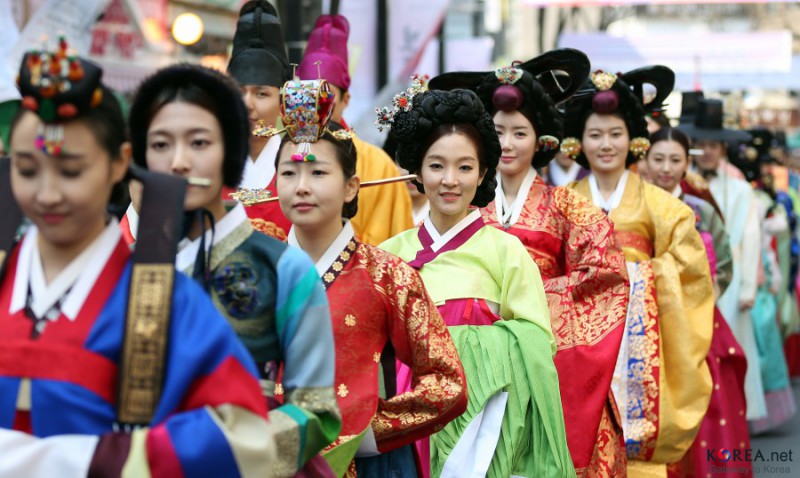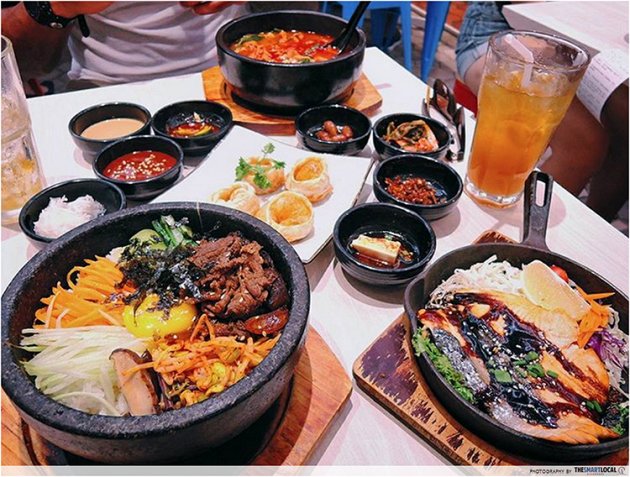Korea – History & Culture
In anticipation to our Future of Korea event, Jin Kong has researched the History & Culture of Korea.
Jin Kong is a guest research fellow with The Greater Cincinnati World Affairs Council (GCWAC) for the next six months. This fellowship is sponsored by The Mission Continues. Through this fellowship, Kong is researching to gain a better understanding of the populist sentiment towards immigrants in the Cincinnati region. This is one blog of many on his research of immigration and Cincinnati. To learn more about Jin Kong click here.
Korean pottery dates back to 8,000 BCE and its first federated kingdom of Gojoseon (“Old-Joseon”) was founded around 2200 to 2300 BCE. The rise and fall of Korean independence trended with the Chinese alliance until the Japanese invaded the Korean peninsula in 1592 and annexed the region eventually in 1910.
Modern Korean independence was marked by a nonviolent march in 1919 protesting Japanese occupation. Upon Japan’s surrender in WWII, the United Nations attempted to appoint a trusteeship between the United States and the Soviet Union for a Korean democratic election. Russia refused to participate. South Korea held its UN mandated election in 1948 and North Korea attacked the South on June 25, 1950. In July, United States entered the war; and China soon followed in November fighting against the Allied forces. The resulting Korean War is often referred to as the “forgotten war.” It came to a halt with an Armistice on July 27,1953. In total, some 5 million lost their lives and nearly 140,000 American troops were killed or wounded in action. A two-mile-wide “demilitarized zone” still walls between the Korean states to date and the tension is ever mounting. Technically, the war has not yet ended and the North seems eager to provoke these days.

People
The ethnic Korean people likely came from a convergence of pre-historic Siberians, Asians and Dravidians. Despite centuries of cultural contacts with the Chinese and the Japanese, the Korean people generally maintained non-assimilation; but they did not fear migration to other regions of the world. Beginning in the 1800s, Koreans began to emigrate into Russia and China. Today, there are nearly 3 million ethnic Koreans in China alone. In United States, there are well over 2 million. Korean communities also thrive in places like Argentina, Brazil, Mexico, Philippines, Vietnam, UK, Germany, and Australia.
Food
Kimchi is famously known world-wide for its fermented pungency and spice, but not so much for its significance in the Korean family traditions. Otherwise, Korean food is primarily based in rice, soy, mung beans and other sorts of grains. Meat is common but fish and seafood has been a major part of Korean diet due to its bordering oceans. Korean meals often include soup and stews and Koreans are known to grill from time to time. Their noodle tradition also falls in line amongst a spectrum of Asiatic obsessions.

Korean regional flavors often follow local specialties. Street food is also popular with seasonal offerings. Alcohol is a big component to Korean meals and traditionally elevated royal court cuisine is being revived for the modern taste.
Music
Korean traditional music is often influenced by the Chinese. Instruments encompass strings (plucked or struck), winds often made from bamboo, and percussion designs brought from China. Known for their adaptive and absorptive character, modern Korean artists created its own pop-sounds version, “K Pop,” that have now spread world-wide with its infectious bubbly beats. But it is worth noting that a revival of traditional instruments interpreting modern rock music such as Jimmi Hendrix’s Voodoo Child is most enjoyable to spend time and listen.

Immigration
Korean immigration in the United States saw rapid growth in the 1980s and 90’s, reaching its peak in 2006. The 2015 census reported approximately 1 million Korean immigrants in the United States and close to half of all Korean immigrants live in California, New York, and New Jersey. 13,040 Korean immigrants live in Ohio according to the census.
Korean immigrants generally have higher educational attainment and are older than the general population on average. Many Korean immigrants came to the United States as military family members. In recent years, employer sponsored immigration have shifted into the majority. Korean remittances (money sent back to Korea from the diaspora population world-wide) decreased slightly from $6.6 billion per year to $6.5 billion per year between 2014 and 2015. United States was a top source of remittances sent to South Korea ($2.9 billion in 2015). According to the 2000 Census, Cincinnati was the home to at least 374 individuals of Korean descent; but there is no updated census available to date.
In spite of the lack of accurate census data, the vibrancy of a Korean community here in Cincinnati is palpable. Cincinnati is the home of several Korean Churches encompassing various denominations (e.g., Evangelical, Methodist, Catholics, etc.). There is also now a Korean school teaching culture and language. Cincinnati is also the home to long time Korean restaurants including Sung’s and Riverside.
The blog is in part of the Mission Continues blog series, written by Jin Kong and therefore all words and thoughts are his own and not a reflection of GCWAC. GCWAC nor Jin Kong owns any of the photos included.


